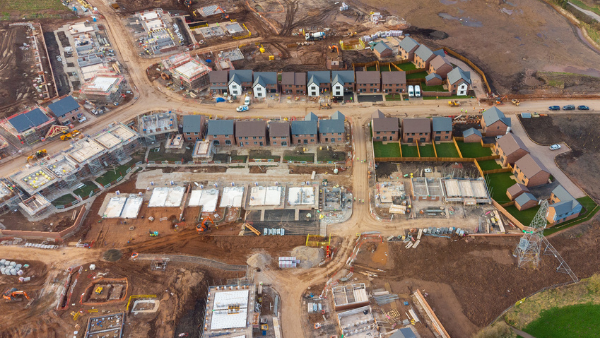Author
Levelling Up the United Kingdom, a White Paper, was presented to Parliament on 2 February 2022. Its mission is to rebalance the UK economy and redress regional inequalities – i.e. to provide a more even distribution of wealth and opportunity across the UK. ‘Levelling Up’ is a multi-layered concept which focusses on spreading opportunities and improving public services where they are most needed, boosting productivity, pay, jobs and living standards through the expansion of the private sector and restoring communities, local pride and belonging and empowering local communities.
It should be noted that the White Paper is policy-driven and so the finer detail is to come but it does include some key themes which will be of interest to those in the housebuilding sector:-
Brownfield Regeneration
The Government will promote the regeneration of brownfield sites across 20 towns and cities. This is to be backed by a £1.5bn ‘Levelling Up Home Building Fund’ targeted towards SMEs, the creation of an ‘Office for Place’ (to pioneer design and ensure that brownfield developments enhance existing settlements) and the bolstering of CPO powers. The overall target is for the delivery of 160,000 homes on brownfield sites, primarily within the proximity of existing transport infrastructure which is often seen as an advantage vs. greenfield schemes where the delivery new roads and facilities are required to unlock development potential.
£11.5bn Affordable Homes Programme
Will deliver 180,000 affordable homes (75% of which will be outside of London) funded by an additional £38bn in public and private investment. There is also a greater role for Homes England to use its ‘resources, experience and buying power’ to help local leaders to fulfil greater affordable housing quotas.
Focus on First-Time Buyers
In addition to the re-vamped Help to Buy Scheme launched in 2021 more focus will be placed on lenders to maximise the availability of low deposit mortgages. First-time buyers will also be assisted by a ‘First Homes’ scheme which provides a discount of up to 30% for younger buyers and key workers. Further, the Government also vows to unlock the barriers to entry for those looking to get on the property ladder and the problems of locals being priced out of their local markets. Finally greater transparency at the outset of the purchasing process is advocated – which will involve availability of key digital information (including tenure type, lease length and service charges) to help avoid housing transactions from falling through (currently around 1/3 do).
Reform of the Planning System
Proposed reforms include greater CPO powers to aid site assembly for brownfield schemes. There is also an emphasis on streamlining the Local Plan process with improved data resources (the White Paper flagged the fact that only 39% of all Local Authorities have adopted a Local Plan within the last 5 years). The Government also claims to be ‘developing models for a new infrastructure levy’ and there is mention of providing support for the transition to Net-Zero.
Decent Homes Standard
Is to be introduced for the private rented sector as part of a wider review. Also proposed is a ‘National Landlord Register’ and the possible end of section 21 ‘no-fault evictions’.
Scrapping of 80/20 Funding Rule
Which provided that 80% of Government funding for housing delivery was directed towards ‘lowest affordability areas’. This model had become somewhat obscured by focussing purely on affordability rather than availability. The result was that certain parts of the country (most noticeably the midlands and north of England) were at a comparative disadvantage, notwithstanding that their ‘house price to earnings ratio’ was lower, due to the fact that the low levels of housing supply available to them were not taken into consideration.
Print article


